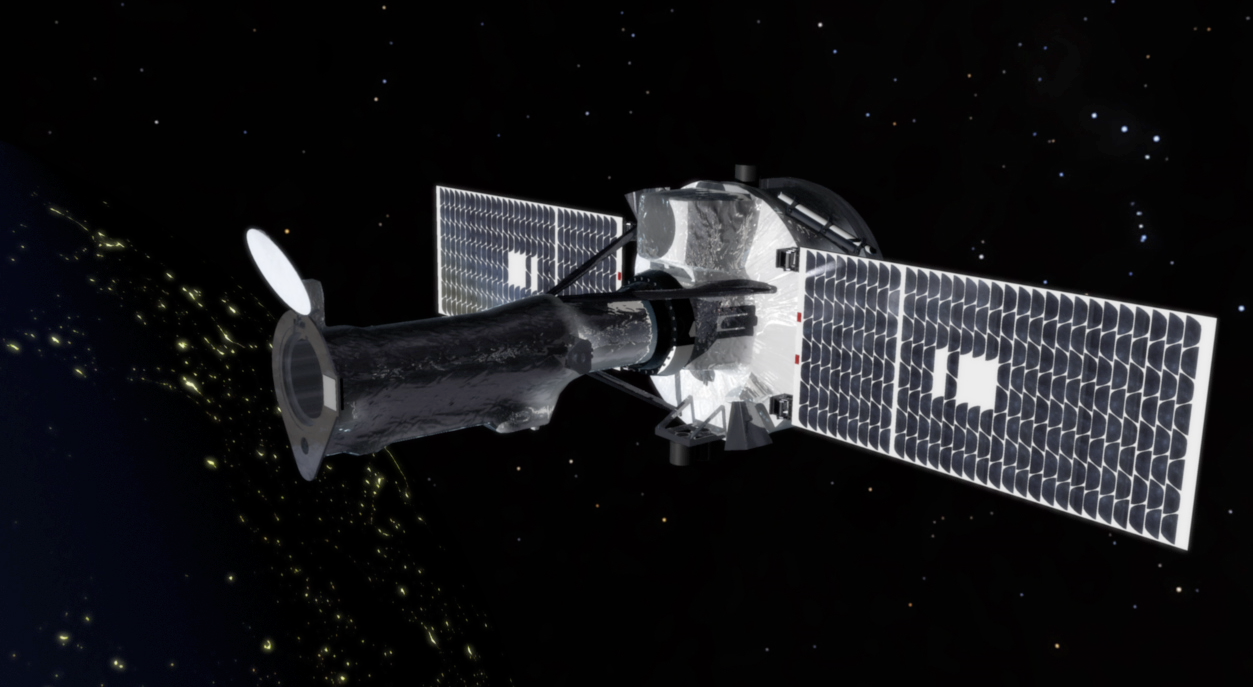Credit: NASA/IRIS
On June 27, 2015, NASA’s Interface Region Imaging Spectrograph, or IRIS, mission will celebrate its second year in space. IRIS observations have advanced our understanding of what role the interface region, which lies between the sun’s photosphere and corona, plays in powering its dynamic million-degree atmosphere and driving the solar wind. Since its first birthday last summer, IRIS data has revealed unexpected complexity in the interface region and investigated the source of the extremely high temperatures of the solar atmosphere, or corona.

The IRIS spacecraft orbits Earth and uses its ultraviolet telescope to obtain high-resolution solar images and spectra. IRIS observations along with advanced computer models are deepening our insight of how heat and energy move through the lower atmosphere of the sun and other sun-like stars.
IRIS is a NASA Small Explorer mission that complements the Solar Dynamics Observatory and the Hinode missions to explore the variable solar atmosphere and how it impacts Earth. SDO and Hinode monitor the solar surface and outer atmosphere, with IRIS watching the region in between.
Related Links
IRIS site
Download high resolution media
By Sarah Frazier
NASA’s Goddard Space Flight Center, Greenbelt, Md.

























